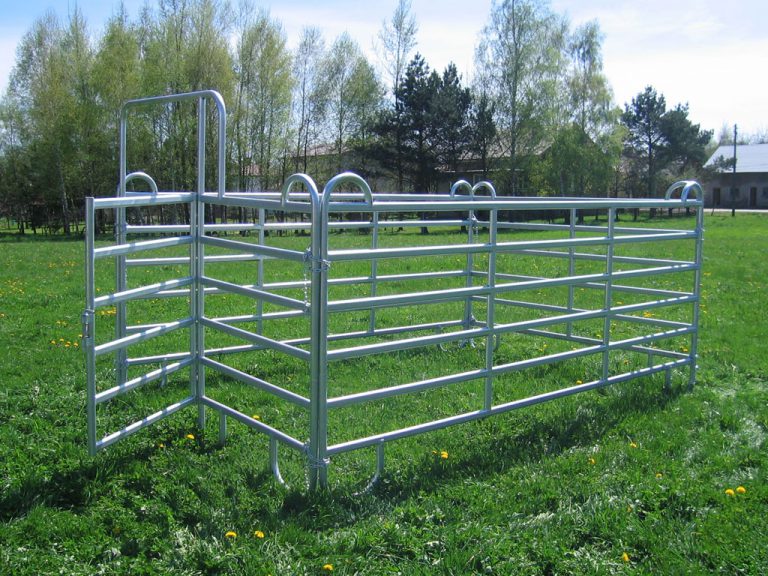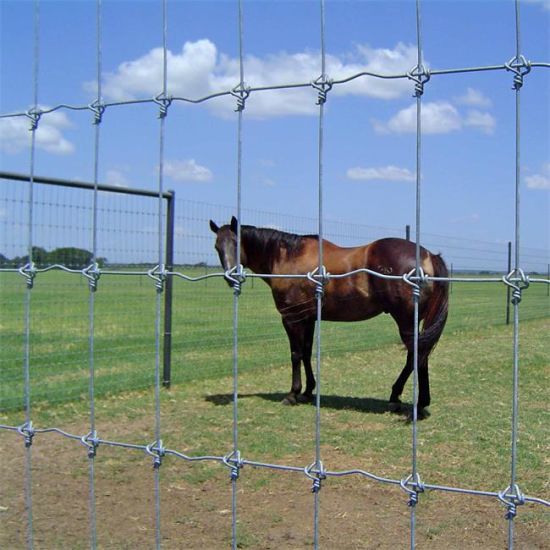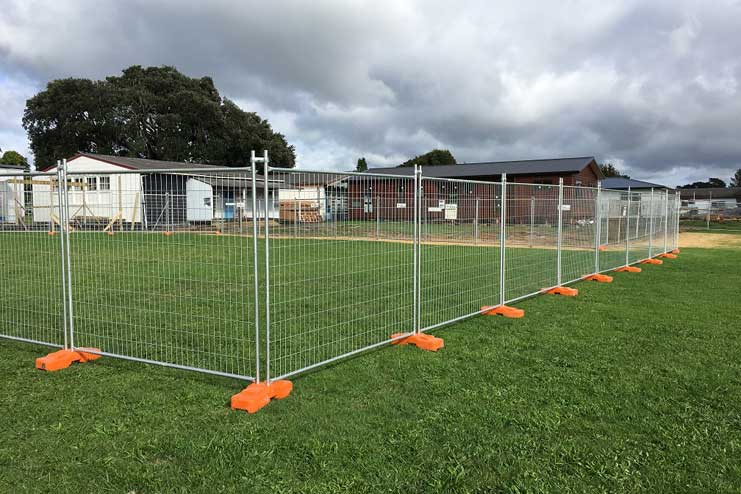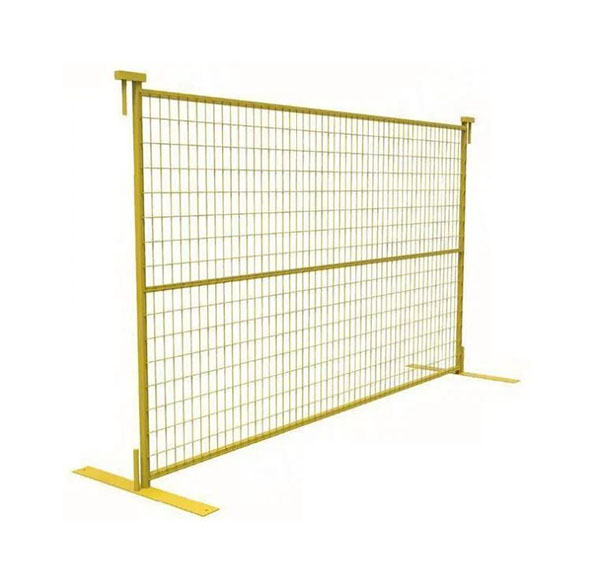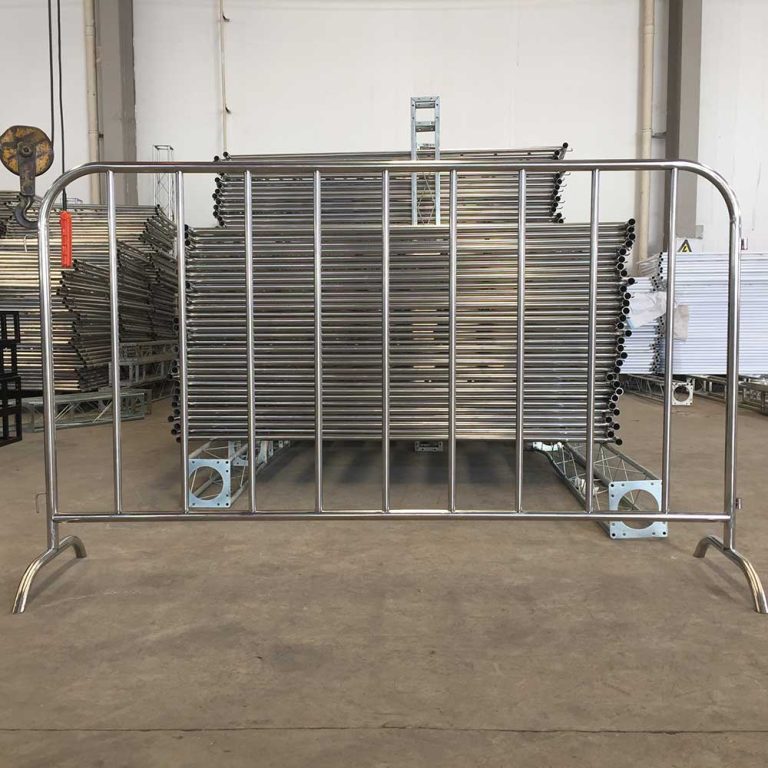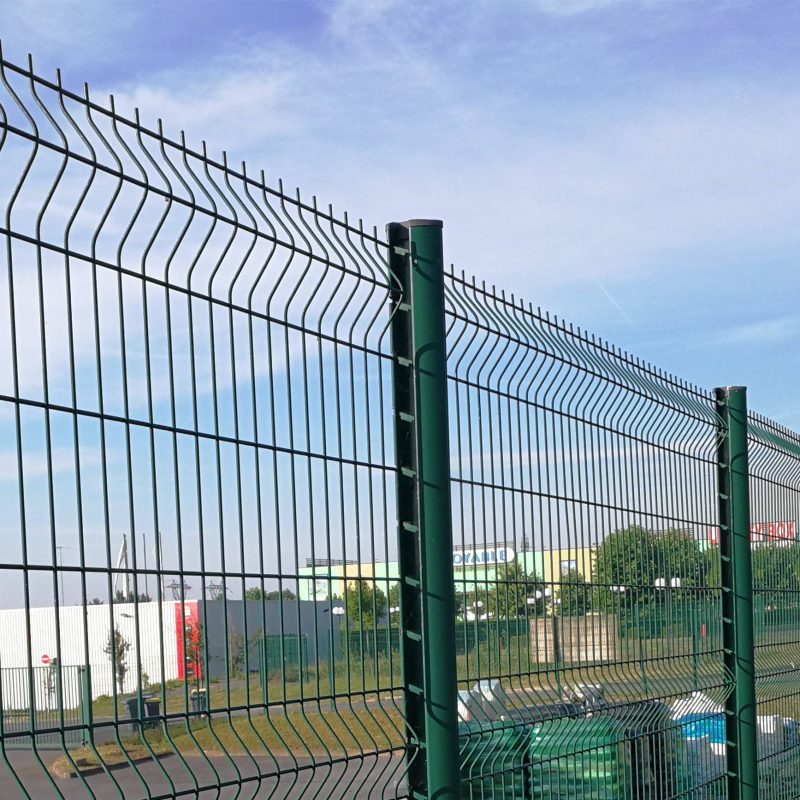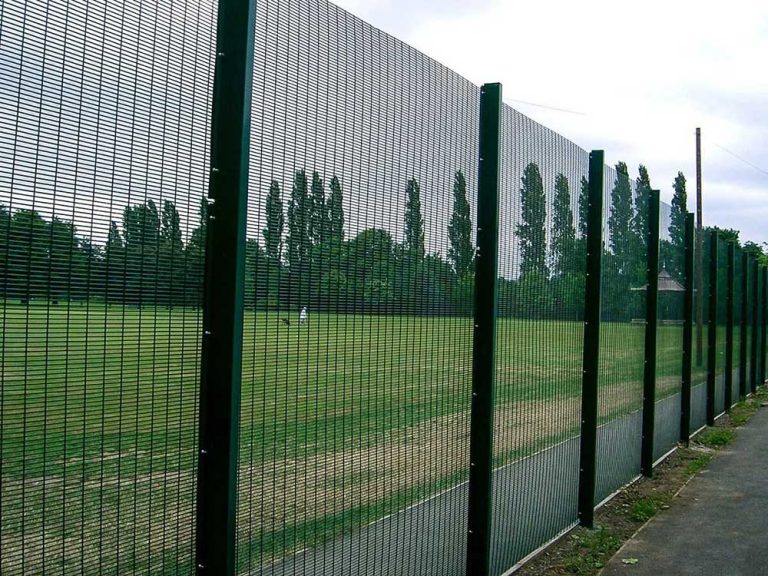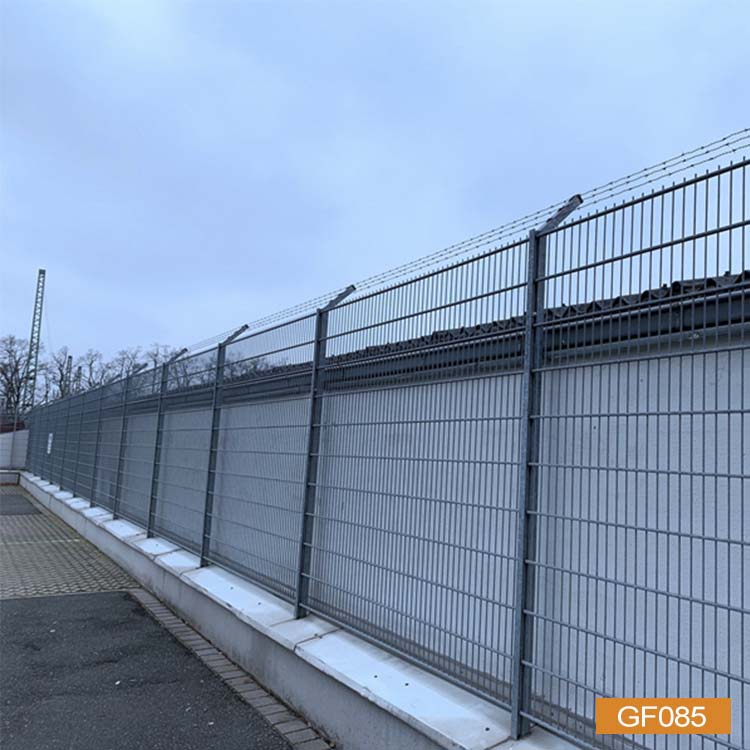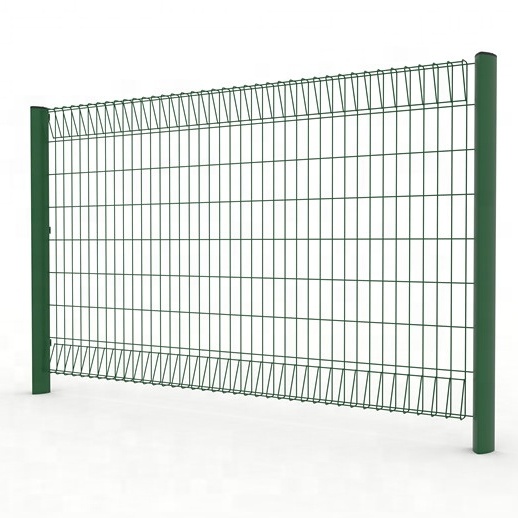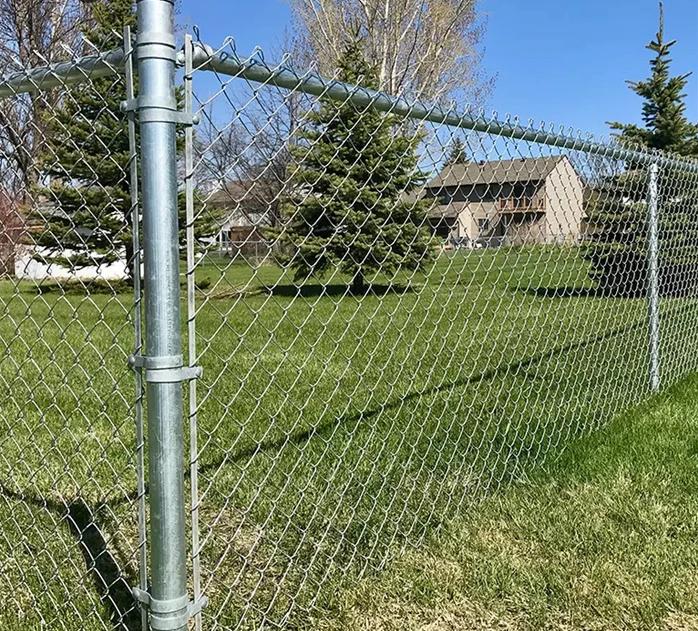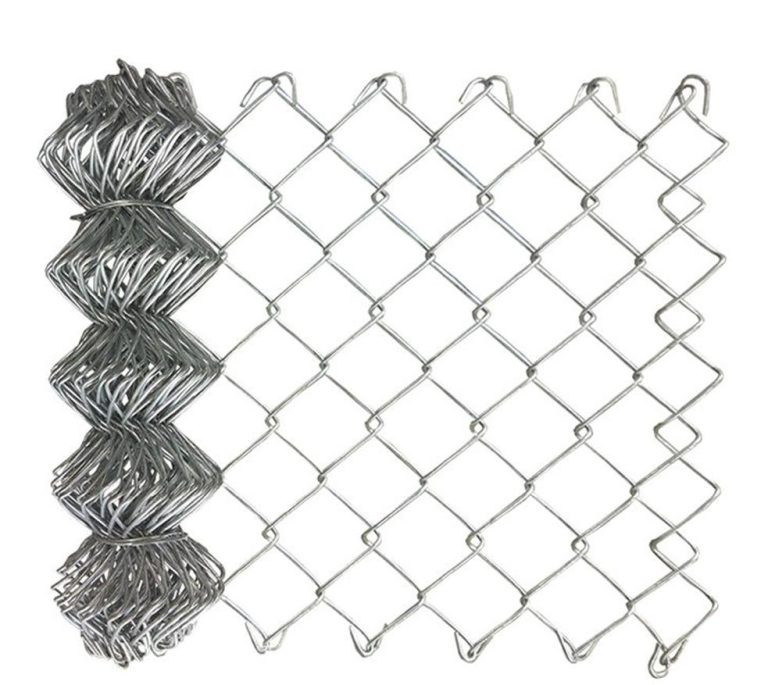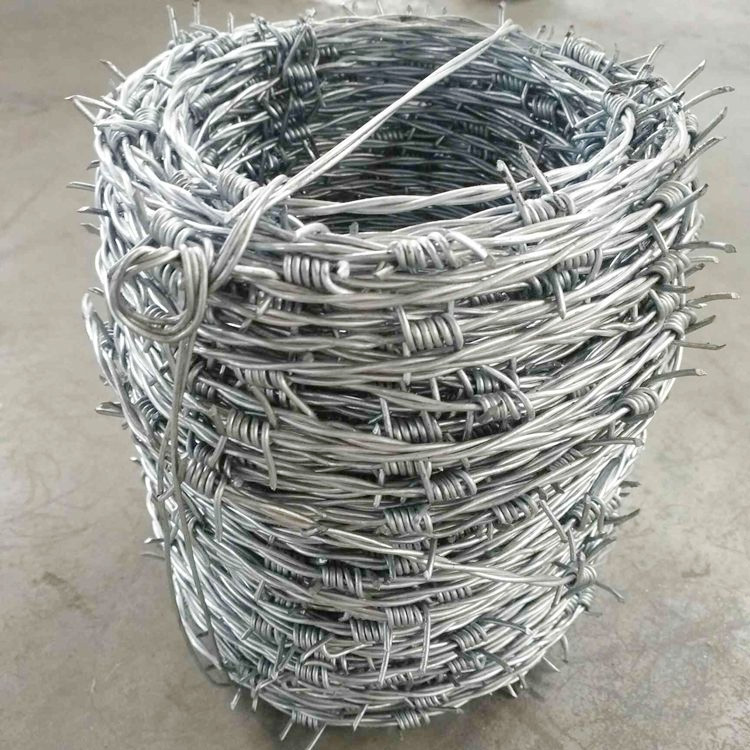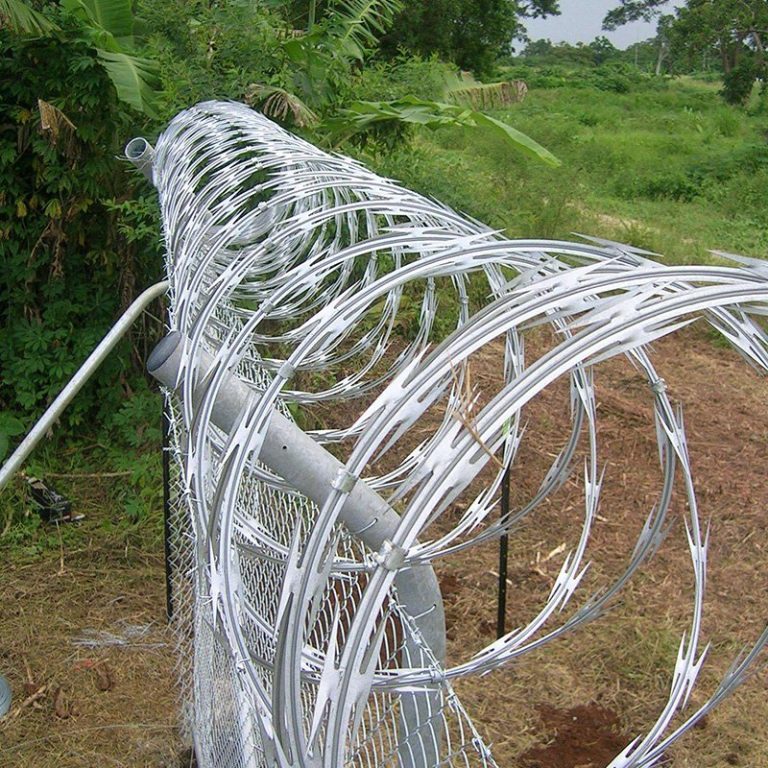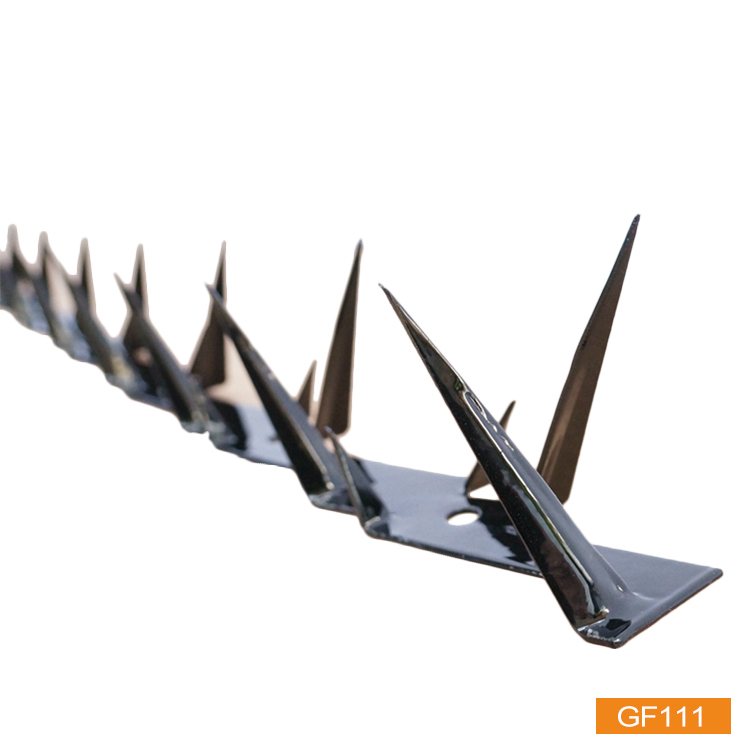Installing a wire fence with metal T-posts is a cost-effective and efficient way to mark boundaries, define garden areas, or manage cattle. Within this guide, we provide an end-to-end procedure for installing a wire fence that will prove long-lasting. Whether you’re a do-it-yourself DIY enthusiast or inexperienced in fence installation, we will guide you through step by step.

Plowing Ahead with the Planning of Metal T-Posts Wire Fence Installation
Preinstallation planning is of paramount importance prior to actual construction. It constitutes the selection of suitable materials, knowledge of boundaries on your land, and utilization of your fence. You are required to plan on the quantity of your metal T-posts wire fence as well as its height and length and what type of wire mesh would be most convenient for you to use. The sources indicate that there are various types of wire mesh which you can buy like welded wire mesh, chain link wire mesh, and curved wire mesh. You must be careful of underground utilities so as not to destroy them when conducting the installation.
Gathering the Needed Material and Tools
Having all the necessary materials in front of you will make the installation process of your metal T-post wire fence much simpler. Here is a list of what you’ll typically need:
Metal T-Posts: These are the posts that will be supporting your fence. T-posts come with an anchor plate to prevent them from shifting once installed.
Wire Mesh: Choose the appropriate mesh based on your needs, whether it’s welded wire, chain link, or field fence.
T-Post Clips or Wire Ties: Used to secure the wire mesh onto the T-posts.
Post Driver: Needed to drive the T-posts into the ground.
Gloves: To keep your hands safe during installation.
Measuring Tape: Used for accurate post placement.
String or Line Level: To keep the posts in place and in a straight line.
Pliers: Convenient for bending wire and clipping.
Side Cutters: Used to trim the wire mesh to the appropriate size.
Flathead Screwdriver: For the purpose of fastening T-Post clips.
Concrete: Optional, for added support of posts, especially corners.
Step-by-Step Guide to Installing Your Wire Fence with Metal T-Posts
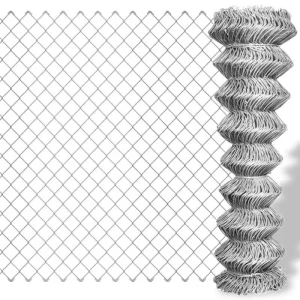
You now have your tools and materials ready, let us proceed with the installation process of your wire fence with metal T-posts.
Step 1: Marking the Fence Line
Measure the perimeter of your fence using a string and measuring tape. Ensure the line is straight, with extra caution at corners or curves.
Step 2: Installing the T-Posts
Begin by installing a T-post at the start of your fence line and another at the end. Drive the T-posts into the ground using a post driver. Place the T-posts facing towards the interior direction from the outside boundary. Intervals between 5 and 10 feet is the way that posts are placed, according to the sources. Ensure that you at least plant 12 inches of depth on the posts down into the soil, along with the anchor plate at the base. As additional strength, your posts may be cemented.
Step 3: Attaching the Wire Mesh Unroll
Spread the wire mesh on the ground, keeping it straight and parallel to your posts. Start attaching the mesh to your posts from one corner of your metal T-post wire fence beginning from one corner. Secure with T-post clips or wire ties. The clips should be placed to secure the wire mesh firmly to the posts. Add support with a screwdriver. Make sure the wire mesh is in contact with the ground. For short-term fencing uses, T-posts are suitable for 4 feet and above wire fences, but for lower fences, U-posts may be utilized.
Step 4: Tensioning the Wire Mesh
Once you have wired the wire mesh onto a pair of posts, double-check to ensure that the mesh is snug and there is no sag to your wire fence with metal T-posts. When using wire ties, double-check with your pliers that the wire ties are tightened. With wire ties, twisting them too much will break them. If needed, hand-tighten the mesh with protective gloves.
Step 5: Securing the Rest of the Wire Mesh
Continue securing the wire mesh to each successive T-post with four or five clips or ties on each post. If there are corners on your perimeter, wrap the wire mesh around the corner T-post carefully. To have a neater look, space the T-posts evenly.
Step 6: Trimming Off Extra Wire
After the mesh is fully installed, if there is excess, trim the wire mesh to size using side cutters. Cut carefully because this will leave sharp ends; bending the ends over can help avoid this possible hazard.
Step 7: Final Inspection of Your Wire Fence with Metal T-Posts
Walk along your new wire fence with metal T-posts to ensure all is tight and in position. Make final adjustments to maximize the overall strength and look of the fence. When utilizing concrete, allow a minimum of 24 hours of drying time.
Maintenance Tips for Your Wire Fence with Metal T-Posts

Regular maintenance will keep your wire fence with metal T-posts in good working condition. Check the fence periodically for loose clips or damaged sections of wire mesh. Tighten or replace components as needed. If you live in an area with high humidity, paint the posts or use galvanized posts to prevent rust or corrosion.
Choosing the Right Wire Mesh
The type of wire mesh you choose will depend on your needs. Welded wire mesh is a strong and versatile option used in residential, commercial, and industrial settings. It can be used for property fencing, pet enclosures, and plant protection. Chain link wire mesh is also well-liked and comes in various heights and mesh sizes. Field fence is appropriate for farm settings, with different horizontal distance from top to bottom. The different wire mesh types, the sources add, are curved wire mesh, double braided wire fence, and anti-climb mesh fence.
Benefits of a Wire Fence with Metal T-Posts
A wire fence with metal T-posts has several benefits:
Cost-Effective: It’s typically less expensive than other fencing types.
Easy to Install: The simplicity of it makes it fairly easy to install.
Versatile: Versatile for various uses and properties.
Long-Lasting: With upkeep, the fences can last for years.
Added gardening area: Wire mesh can be used as vertical gardening area by using s-hooks to hang plants
AnPing JiaHui wire mesh Co.,LTD
If you are looking for quality material for your fence work, AnPing JiaHui wire mesh Co.,LTD is a wide variety of fencing product suppliers providing heavy-duty fencing material like wire fence made of metal T-posts, and other fences like steel fence, curved fence, and anti-climb fence. They are a full-fledged company which is involved in manufacturing metal wire mesh, temporary fencing, chain link fencing, agricultural fencing, security fencing, etc.

